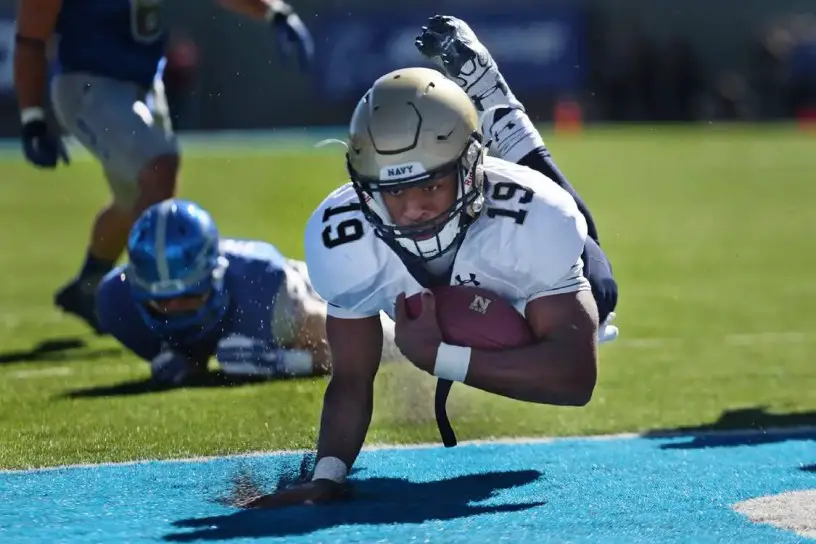By The TV Answer Man team
Fox and Peacock’s 4K college football broadcasts and Amazon’s 1080p NFL Thursday Night Football games are streamed this season with HDR (High Dynamic Range). While Peacock has been tight-lipped on its 4K productions, Fox and Amazon officials have unabashedly proclaimed the inclusion of HDR as a game changer for sports in general and football specifically. (Amazon’s TNF last season was in SDR, standard definition range.) But why is that? What does HDR do for a football broadcast that makes it so different? Here are six ways:
Understanding HDR
Before diving into the specifics of how HDR enhances football broadcasts, it’s crucial to understand what HDR is and how it works. HDR is a technology that expands the range of both contrast and color in television displays. Unlike traditional Standard Dynamic Range (SDR), which has a more limited range, HDR displays a broader spectrum of brightness levels and colors. This results in a more lifelike and visually stunning picture.
1. Enhanced Contrast
One of the most noticeable improvements HDR brings to a football game broadcast is enhanced contrast. In a typical football game, there can be a stark contrast between the brightly lit field and the shadows in the stands or along the sidelines. HDR technology allows for deeper blacks and brighter whites simultaneously. This means that players’ uniforms and the football itself appear more vivid against the green field, providing viewers with a more immersive experience.
2. Vibrant Colors
HDR also enhances the vibrancy of colors on your TV screen. The uniforms of the teams, the field, and the branding on the stadium become more vivid and true to life. The result is a picture that is not only sharper but also more dynamic, making it easier for viewers to follow the game and distinguish players and elements on the field.
3. Realistic Lighting
HDR’s ability to accurately represent lighting conditions is particularly beneficial for football games, especially those played outdoors. Daytime games benefit from the lifelike rendering of sunlight, making the grass on the field appear lush and green. During nighttime games, HDR ensures that stadium lights illuminate the field realistically, adding to the overall authenticity of the viewing experience.
4. Highlighting Details
Football fans often marvel at the incredible athleticism and skill of the players. HDR helps highlight these details by providing more nuanced shading and texture. You can see the sweat on the players’ foreheads, the blades of grass beneath their cleats, and even the reflections in their helmets with greater clarity.
5. Reducing Motion Blur
Fast-paced football games involve rapid movements and quick cuts from camera to camera. HDR technology can reduce motion blur, ensuring that even in the most intense moments, the action remains sharp and clear. This improvement is especially valuable when tracking long passes, tackles, or touchdown celebrations.
6. Immersive Experience
Perhaps the most significant advantage of HDR in football broadcasts is the immersive experience it provides. Viewers feel like they are right there in the stadium, capturing every nuance of the game. The combination of improved contrast, vibrant colors, and realistic lighting creates a viewing experience that is unparalleled, making viewers feel as if they are on the sideline.
Have a question about new TV technologies? Send it to The TV Answer Man at swann@tvanswerman.com Please include your first name and hometown in your message.
— Phillip Swann
@tvanswerman

